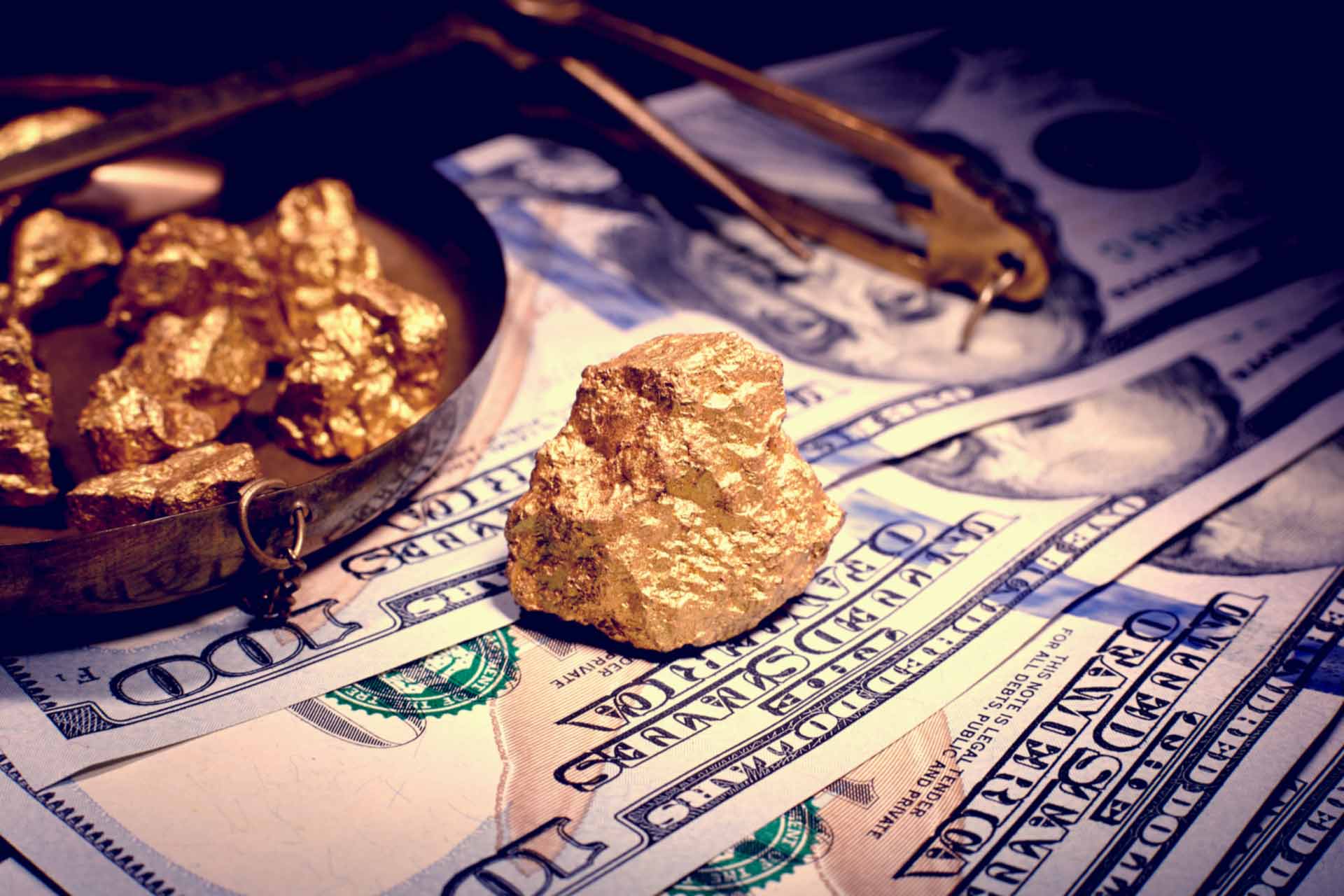As the global economy continues to evolve, the dynamics of commodity markets are shifting dramatically. Recently, while New York copper prices have made headlines, the London Metal Exchange (LME) copper has maintained a steady course, trading around $9,550 per ton ($4.33/lb). This stability comes amidst a backdrop of increasing demand and supply constraints, reinforcing a medium- to long-term bullish outlook for copper.
The Strategic Role of Copper
Copper is increasingly recognized as a critical component in the global energy and digital transition. The recent reversal of tariffs highlights its strategic importance, particularly as demand is projected to surge due to several key factors. The electrification of transportation, industrial reshoring, and the rapid expansion of AI-driven data centers are all expected to drive significant increases in copper consumption.
The electrification of transport, for instance, is not just a trend; it’s a necessity for reducing carbon emissions and fostering sustainable growth. Electric vehicles (EVs) require substantially more copper than traditional vehicles, making this sector a major driver of demand. Similarly, as industries move to reshape their supply chains and bring manufacturing closer to home, the need for copper in infrastructure and machinery will only grow.
Supply Constraints and Market Volatility
On the supply side, the situation is more complex. Underinvestment in mining operations and recent disruptions—such as a mining accident in Chile—have led to constrained copper supplies. These factors contribute to a volatile market, where prices are likely to fluctuate but remain biased toward an upward trajectory.
The combination of strong demand and limited supply creates a scenario where copper is poised to become the defining commodity of the energy and digital age. Investors should be prepared for price volatility, but the long-term structural tailwinds suggest a bullish outlook.
Precious Metals: A Shift in Focus
While copper captures much of the attention, the precious metals market is also undergoing significant changes. After a stellar first half of the year, investment metals entered a consolidation phase in July, influenced by the sharp movements in copper prices. Gold, which has traded sideways for the past four months, has allowed silver and platinum to catch up in terms of performance.
Year-to-date gains are impressive: gold and silver have risen nearly 27%, while platinum has surged by almost 50%. This raises an important question for investors: Is the rally over?
The Case for Continued Growth
Despite the recent consolidation, we believe the rally in precious metals is far from over. Recent economic data from the U.S. has shown signs of weakness, reopening the door for potential Federal Reserve rate cuts. A dismal jobs report, coupled with sharp downward revisions to prior months, has led markets to almost fully price in a rate cut at the next Federal Open Market Committee (FOMC) meeting on September 17.
The effective Fed funds rate is now projected to be 125 basis points lower by next September, which could provide a supportive backdrop for precious metals. Lower interest rates typically bolster the appeal of non-yielding assets like gold and silver, as they reduce the opportunity cost of holding these metals.
Conclusion
In summary, the copper market is characterized by a bullish outlook driven by strong demand and constrained supply, while the precious metals market is navigating a phase of consolidation amid shifting economic indicators. As we look ahead, both copper and precious metals are likely to play pivotal roles in the evolving landscape of global commodities. Investors should remain vigilant, as the interplay of demand, supply, and monetary policy will continue to shape market dynamics in the months to come.




